Here’s a new thought: Will the Super Bowl, the culmination of months of planning, research and spending, be kind of an anticlimax?
By the time the game airs tonight on NBC, most everybody who really wants to will have seen the event’s most anticipated advertisement, Volkswagen’s follow-up to the peewee Darth Vader-starring, “Star Wars”-themed commercial that topped most ratings of the ads that aired during last year’s big game.
In the belief that the game is now just a point on the marketing continuum, VW planned to release the ad last week, letting the world know just how dogs and “Star Wars” figure in its push this year for the new Volkswagen Beetle. Hint: Like more than 100 million Americans, folks at the “Star Wars” cantina apparently watch football, and the ads.
For a marketer, “the Super Bowl is really not a game on a Sunday afternoon anymore,” said Brian Thomas, general manager of brand marketing at Volkswagen of America. “The Super Bowl is almost a three-week PR and social media campaign, and you have to think of it that way.”
More and more advertisers do. Setting aside network promos and movie ads, roughly half of the spots slated to run tonight — during the moments when the New England Patriots are not playing the New York Giants for the National Football League championship — were already available on the Web Wednesday to be shared, excerpted, covered, discussed and even reviewed.
This is the highest proportion yet of early unveilings, experts said, meaning viewers who have sought out ads in advance could experience deja vu during the game itself — or the opportunity to take an actual bathroom break.
Among the ads whose exact content is being held back until the game, many will have, at minimum, been “teased,” or previewed, often with productions nearly as elaborate as the ads themselves. Volkswagen, for example, struck advance gold with a 64-second Web spot with dogs barking “Star Wars” music, and Bridgestone produced an ad anticipating its actual ad.
“Not only are they recognizing the power of social media, but these ads cost so much that they’re trying to get the most bang for their buck,” said David Shoffner, public relations strategist for the Pavone advertising agency in Harrisburg, Pa., which has tracked Super Bowl advertising closely through its spotbowl.com website. “These are spots that really live on for a year or more.”
Such widespread unveiling calls into question the traditional Super Bowl ecosystem, in which people gather at parties to watch the whole spectacle, from game to ads to, this year, Madonna at halftime; critics judge spots as they air during the game; and ad ratings rendered by average audience members, such as those run by USA Today, YouTube and Facebook, get big buzz the next day as the popular verdict is made known.
“I kind of like to see them on the day,” said Mark Renshaw, chief innovation officer and a digital marketing expert for Leo Burnett Chicago, which does not have an ad in this year’s game. “I’m not sure I really agree with the releasing ahead.
“To me, if I was going to release something (ahead of time) to a community of fans, I wouldn’t be releasing a film. I’d release a setup to it. On the day you would connect the dots.”
But Volkswagen’s Thomas said, “To not release the spot, frankly, I think, is a little archaic.
“Maybe as recently as four, five years ago there was a lot of merit to holding your cards tightly to the vest. The reality is now there’s so much earned media opportunity. We had 13 million views of mini Vader before kickoff last year.”
To Tim Calkins, who teaches marketing at Northwestern University’s Kellogg School of Management, the “trade-off” of game-day surprise for extra attention and extra viewings by the audiences is, for the most part, worth it — a bargain driven largely by the new smoothness of Web and mobile video.
“There’s no question that advertisers are getting much more aggressive in advance of the Super Bowl,” said Calkins, who also shepherds the Kellogg School’s annual postgame assessment of ads’ effectiveness. “In most cases it makes a lot of sense. The problem with the Super Bowl is there are about 70 ads, plus there’s a football game going on, plus many people are at a party.
“So it is very hard to stand out during the game. If you can get ahead of the game, you have an opportunity to make a much bigger impression with people.”
Calkins cited the good work done this year by Volkswagen and Honda. The Japanese carmaker first released a teaser on the Web of actor Matthew Broderick seeming to revisit his role in the 1986 classic comedy”Ferris Bueller’s Day Off,” then followed with a two-plus-minute spot. The ad for the car company’s CR-V SUV, loaded with “Bueller” references, immediately drew viral-level numbers on YouTube.
And though advance releases risk the event seeming “very familiar in terms of advertising,” said Calkins, that’s already a risk given how many of the ads are continuations of existing campaigns: This year, as we have in the past, “we’re going to see the Go Daddy girls and the CareerBuilder chimps, the Budweiser Clydesdales,” he pointed out.
What isn’t changing is the prominence of the Super Bowl in the culture, almost always the most-watched TV program of the year. About 110 million viewers are again expected to watch tonight, practically a quorum in a nation where entertainment time has otherwise been chopped into tiny fragments.
As an aggregator of one of the last remaining mass audiences, the Super Bowl is more valuable than ever. Ad rates set a record this year, averaging $3.5 million per 30-second spot, and the available time sold out by Thanksgiving, NBC has said.
“Because of the notoriety and popularity of the Super Bowl those commercials are like gold, I think,” said Regis Philbin, the retired talk-show host who cameos this year in a funny Pepsi Max ad (available at online ad collectors such as superbowl-ads.com). “I’ve been to parties where I notice (that) the women, especially, and some of the men, too, pay attention to the ads because they expect to see something different.”
Certainly, though, that audience aggregation is as much the attraction for people as the quality of ads, which can range from the most creative work in the field to cheap-and-easy crowd-pleasers about farting horses or henpecking spouses. Much more than they want to trade opinions about advertising — or watch football — people are hard-wired to want shared experience.
“The Super Bowl is a little bit of a national holiday at this point,” said Calkins — one that he thinks will only become more valuable to advertisers. “It’s a scarce commodity. It’s the one time advertisers can be confident of reaching a huge chunk of the population.”
This year, carmakers in particular — including two luxury brands, Lexus and Acura, making their first bets on the game — want to share the experience with viewers. Return advertiser Audi is among the many carmakers that have already shown their ads, boldly taking on vampires’ fan base with a rather violent spot emphasizing how very bright the brand’s new headlights are. Like daylight, it is claimed — and you know what daylight means. The Acura ad features noted automobile collectors Jerry Seinfeld and Jay Leno. And Chevolet is joining the party again with an ad for its Sonic.
Real estate company Century 21 is another first-timer, with a spot featuring Donald Trump, Deion Sanders and Apolo Anton Ohno, but it is not releasing the ad early.
“We have a couple of pregame teasers out there,” said Steve Red, chief creative officer of Red Tettemer + Partners, the Philadelphia agency that made the ad. “We’re saving the real juice for the game. We went back and forth. We just felt like, in this case, it being the client’s first time and kind of a surprise twist in the spot, it was better to release the magic during the game.”
Either way, he said, it’s hard to go wrong at this point: “People are just automatically interested. You don’t have to do a ton. You can just seed it through social media. It’s something people start talking about before the game and kind of predict and banter about,” and the interest becomes “a feeding frenzy.”
“It really is a pop culture event now,” said Red — one that participants may now experience key pieces of well before the event officially begins.
Send questions/comments to the editors.

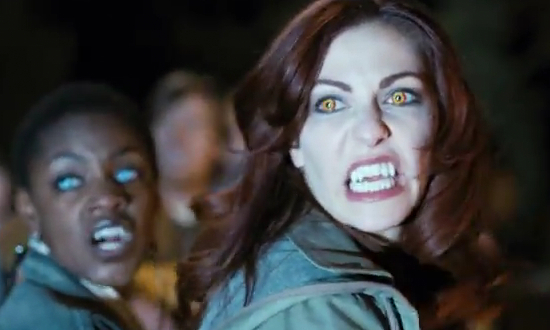
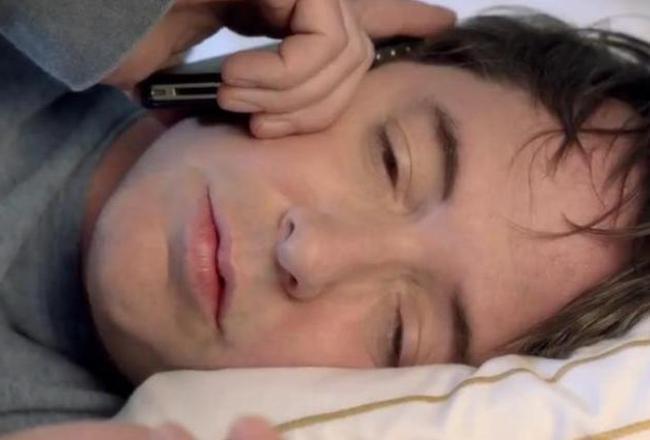
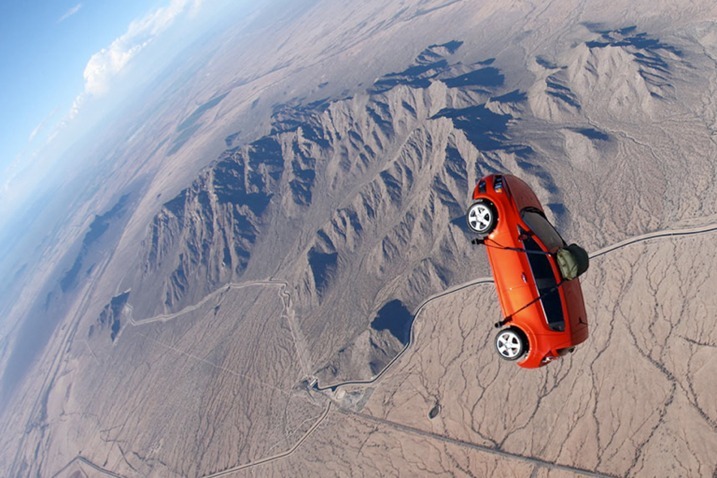
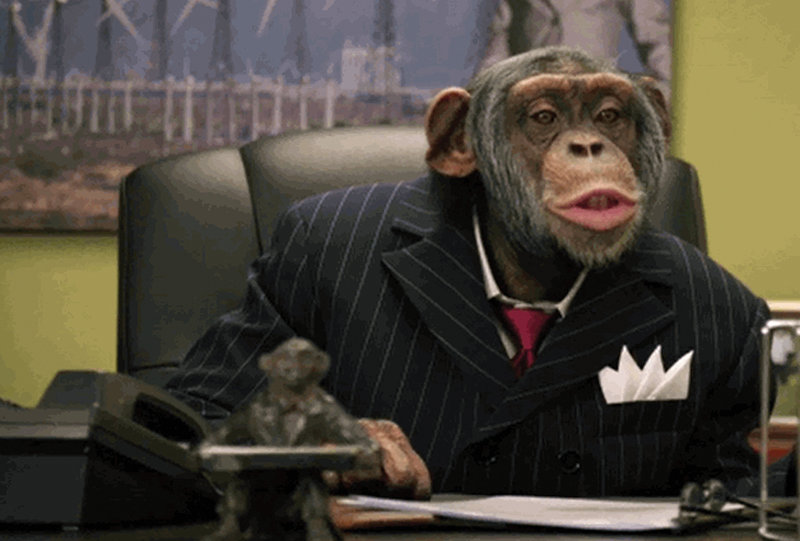
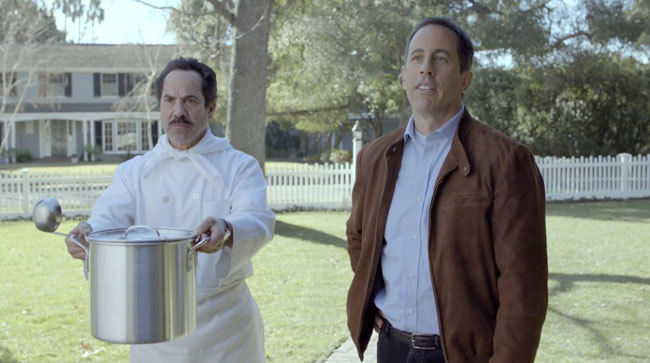


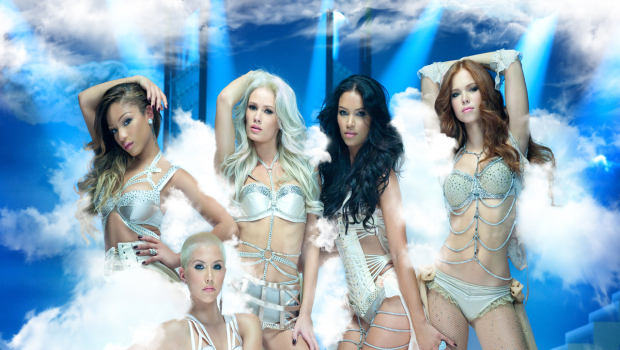


Success. Please wait for the page to reload. If the page does not reload within 5 seconds, please refresh the page.
Enter your email and password to access comments.
Hi, to comment on stories you must . This profile is in addition to your subscription and website login.
Already have a commenting profile? .
Invalid username/password.
Please check your email to confirm and complete your registration.
Only subscribers are eligible to post comments. Please subscribe or login first for digital access. Here’s why.
Use the form below to reset your password. When you've submitted your account email, we will send an email with a reset code.